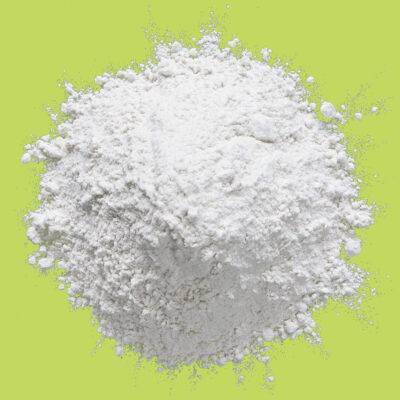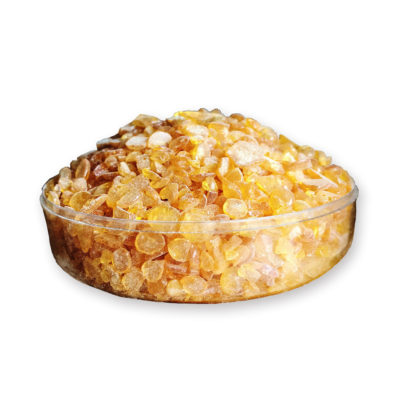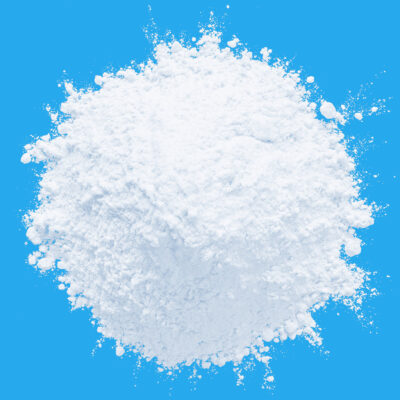In the world of paints, Zinc Dust is like a tiny superhero, and the size of its mesh plays a crucial role in defining the quality of the paint it becomes a part of. Let’s delve into the importance of mesh size in Zinc Dust and how it influences the overall quality of paints.
Firstly, what is mesh size? In simple terms, it refers to the number of openings per linear inch in a screen through which the Zinc Dust particles are scrutinised. The mesh size indicates the fineness or coarseness of the Zinc Dust, and this seemingly small detail has a big impact on the paint.
One of the key factors influenced by mesh size is the paint’s appearance. Finer mesh sizes result in smoother finishes. When Zinc Dust with a smaller mesh size is used, it contributes to a more refined texture, enhancing the overall aesthetic of the paint. This is particularly crucial in applications where a smooth and attractive finish is desired, such as in high-end architectural coatings.
The mesh size of Zinc Dust also affects the paint’s ability to provide cathodic protection. Zinc Dust is often used in anti-corrosive paints to create a sacrificial barrier, protecting metal surfaces from corrosion. A finer mesh size allows for better distribution and adhesion of Zinc Dust particles on the painted surface. This, in turn, enhances the paint’s corrosion-resistant properties, making it more effective in shielding metal structures from rust and deterioration.
Uniformity in coating thickness is another aspect influenced by the mesh size of Zinc Dust. A consistent mesh size ensures a more even distribution of particles in the paint formulation. This uniformity translates into a paint that can be applied smoothly, providing a consistent thickness across the painted surface. This feature is essential for achieving a professional-looking finish and ensuring that the protective properties of the paint are evenly distributed.
When it comes to adhesion, the mesh size plays a role in determining how well the Zinc Dust bonds with the paint and the substrate. A finer mesh size promotes better adhesion, ensuring that the Zinc Dust particles stay securely attached to the painted surface. This is crucial for the long-term effectiveness of the paint in providing protection against corrosion and other environmental factors.
The ease of dispersion in the paint formulation is also influenced by the mesh size of Zinc Dust. Finer mesh sizes disperse more easily in paint, resulting in a smoother and more stable mixture. This characteristic simplifies the manufacturing process for paint producers, contributing to the overall efficiency of paint production.
Compatibility with different types of binders is an important consideration in paint formulation. Zinc Dust with a specific mesh size may be more compatible with certain types of binders, influencing the overall performance of the paint. Paint manufacturers carefully select the mesh size of Zinc Dust based on the desired properties of the final paint product.
The mesh size of Zinc Dust is a critical factor that determines various aspects of paint quality, including appearance, corrosion resistance, coating thickness, adhesion, dispersion, and compatibility with binders. The careful selection of mesh size allows paint manufacturers to tailor their formulations to meet specific performance requirements for different applications.
So, the next time you admire a painted surface that’s not only beautiful but also protective, remember that the mesh size of Zinc Dust played a significant role in making that paint a superhero in the world of coatings.










Leave a Reply